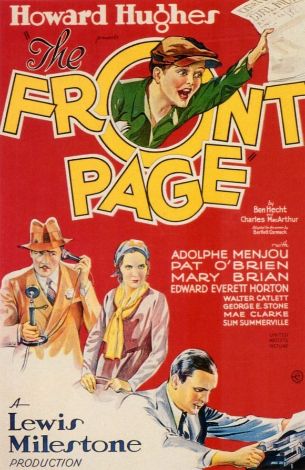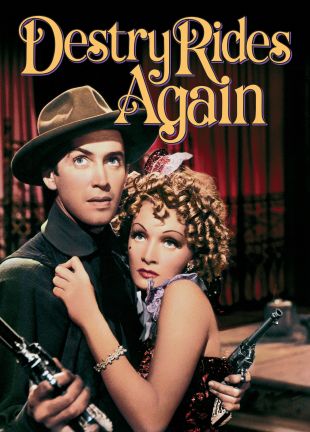American cinematographer Hal Mohr's love of films grew from the rubble of the San Francisco earthquake. Several nickelodeons sprouted up in the otherwise useless buildings left standing after the quake and fire. Already fascinated in "magic lantern" shows, the young Mohr became an habitue of these new movie houses, which led to his dropping out of high school and seeking out a job with a local film exchange. Here he learned the technical rudiments of the picture business; constructing his own camera out of cannibalized projection equipment, Mohr became a freelance newsreel photographer at age 15. A few years later, he got a job with Sol Lesser's Progressive Films, a newsreel/documentary unit. While working for Lesser, Mohr produced, directed and photographed a critically praised two-reeler, 1913's The Last Night at the Barbary Coast. A full director of photography by 1918, Mohr frequently worked for independent entrepreneurs outside of the Studio System, which obliged him to solve tricky cinematic problems with mechanical innovations of his own; he even maintained his own developing lab to achieve the best results at minimum cost. After collaborating with such established Hollywood camera pros as Charles Rosher and Karl Struss, Mohr found his assignments increasing in prestige. In 1927, he was engaged to shoot the landmark early talkie The Jazz Singer, which meant that he was among the first movie technicians to tackle the creative handicaps imposed by the microphone. In 1929's Broadway, Mohr was put in charge of an elaborate camera crane that permitted him to break new ground in the realm of camera mobility. Because of his arbitration efforts during the Hollywood strike of 1933, Mohr was considered "persona non grata" among his fellow cameramen; thus it was that Mohr's name was not included on the ballot for the 1936 Academy Awards ceremony. Still, on the basis of a healthy write-in campaign, Mohr won the Oscar that year for A Midsummer Night's Dream -- the first and last time that anyone ever copped the award on a write-in. Mohr won an Oscar under more orthodox voting circumstances for his Technicolor work on the 1943 version of Phantom of the Opera. In the '50s, Mohr accepted the exhausting challenge of assembly-line television work, turning out first-rate photography for such series as Love That Bob and Life with Father. After acting as a consultant on the 1969 Hitchcock film Topaz (the film's official director of photography, Britain's Jack Hildyard, was not a member of the Hollywood cinematographer's union), Hal Mohr retired, spending his last contented years with his actress wife Evelyn Venable, whom he'd met while filming the 1934 Will Rogers vehicle David Harum.
Hal Mohr
Share on


